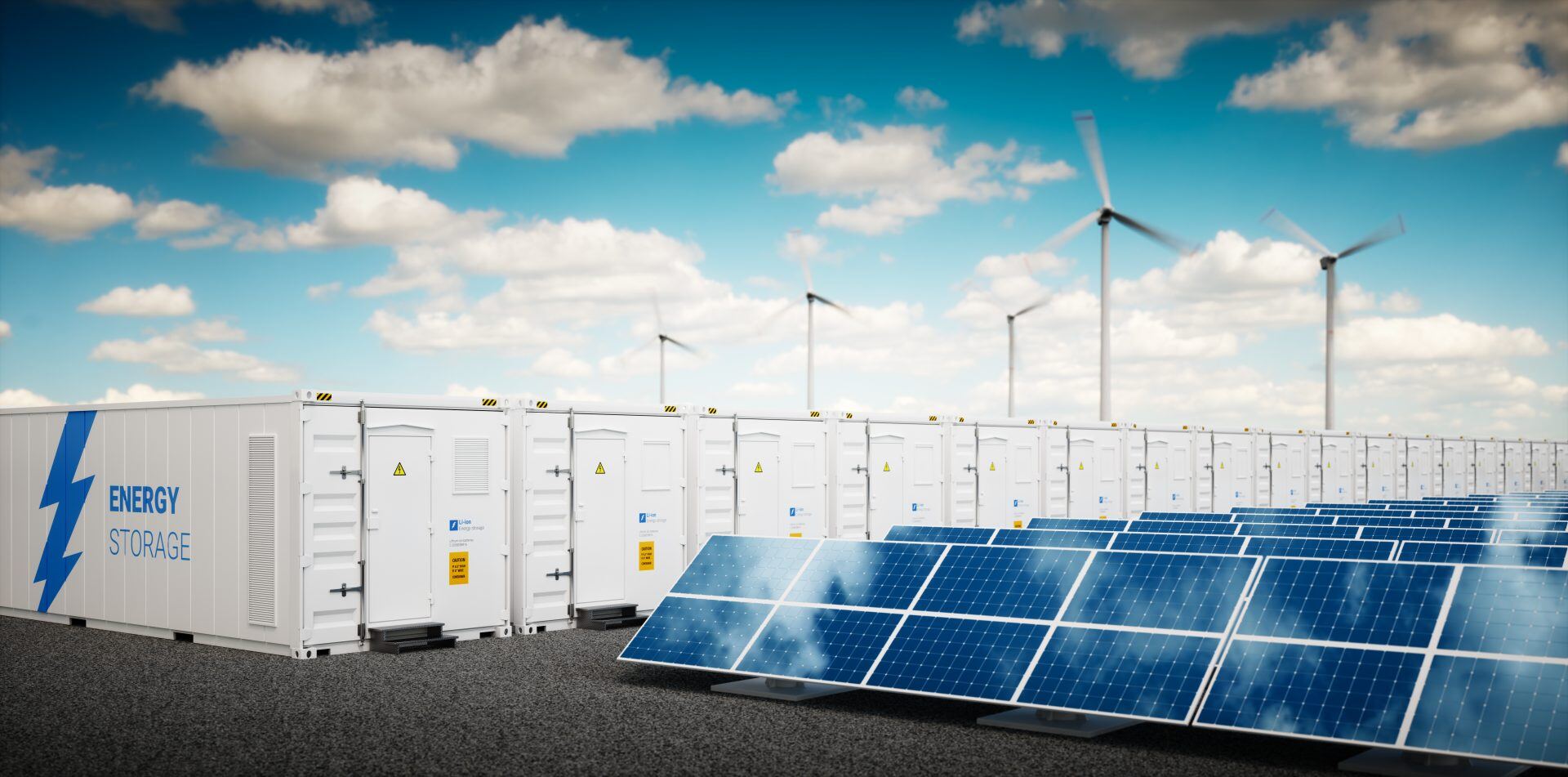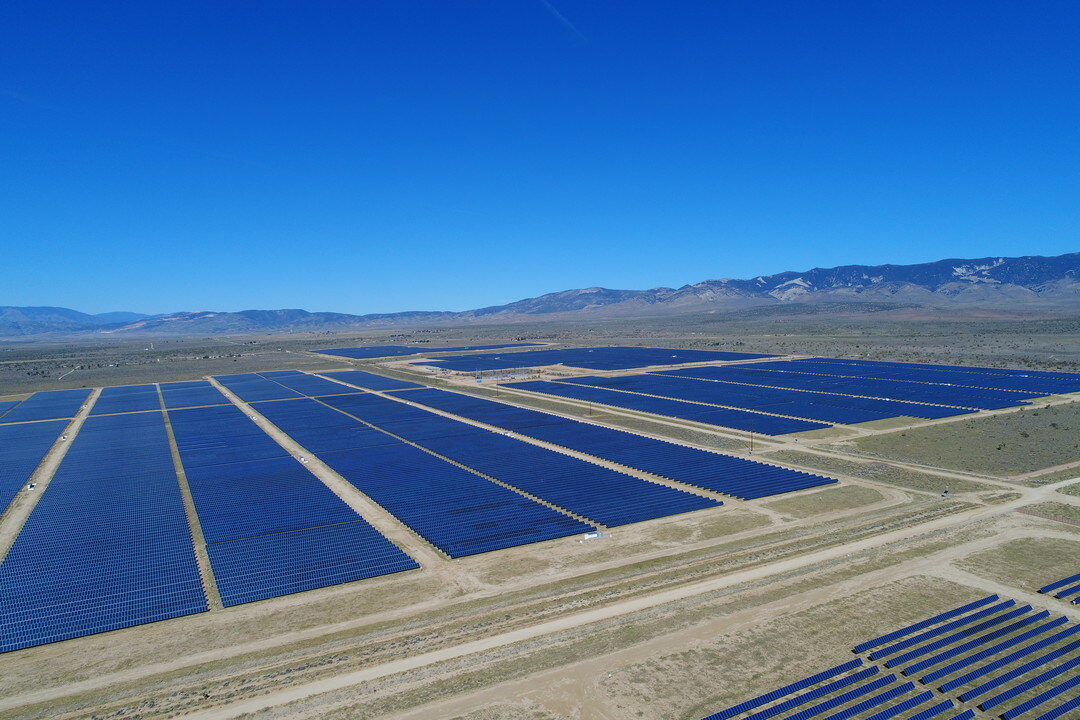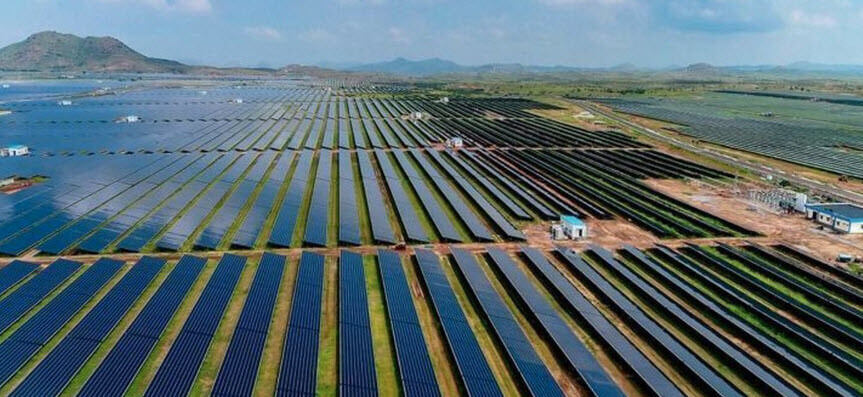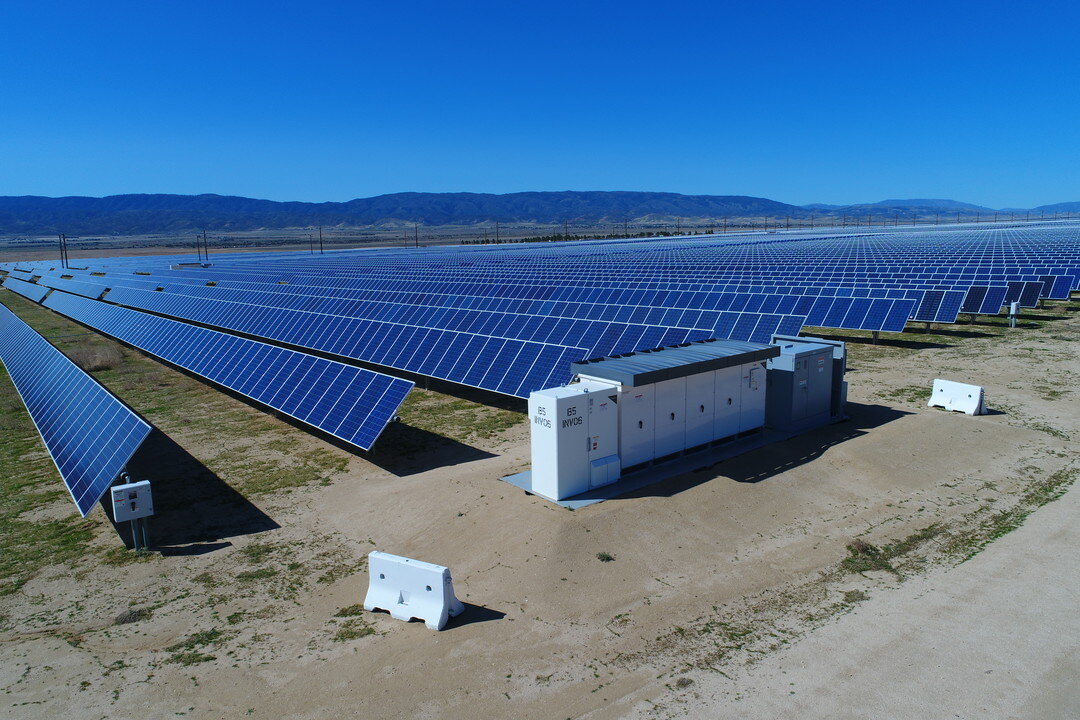The 10 Things You Need to Know to De-risk Solar O&M – #7: How Do I Mitigate My Operational Risk?
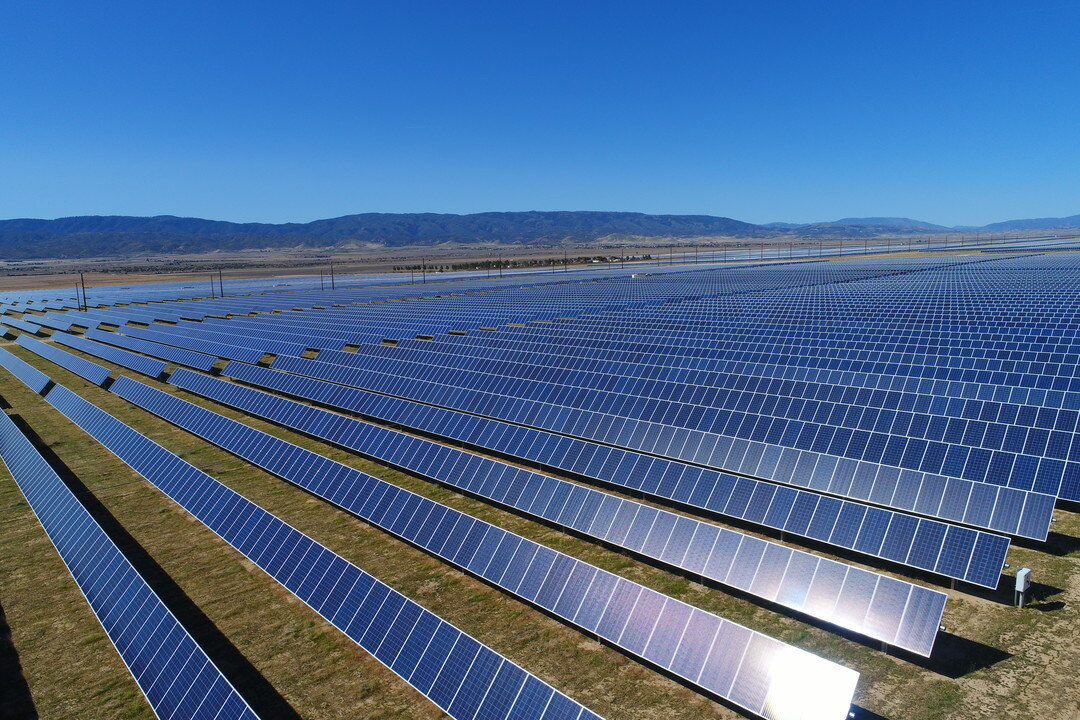
Stay in touch
Subscribe to our newsletter for expert insights, company updates, and the latest in renewable energy management solutions.
WHAT COULD GO WRONG?
A key job of asset management is to understand, quantify and develop mitigation plans around operational risk.
A good risk mitigation plan can mean the difference between a successful project and you needing to update your resume
I have seen tie wrap and bolt serial defects consume entire project profit margins for EPC contractors. Similarly, I have witnessed large projects losing millions of dollars of revenue per month when the owner couldn’t locate a replacement part for failed equipment.
Could a good risk mitigation plan have prevented or reduced the impact of these costly events? Definitely. Is there a cost to put a risk mitigation plan in place? Yes, however, the cost of creating contingency plans almost always pencils out.
TYPES OF O&M RISK
Before we talk about how to mitigate O&M risk, let’s first define a few buckets to contain that risk. The following list is not exhaustive; however, it covers some of the most important items we should consider:
- Serial defect risk
- Severe weather risk
- Single-point-of-failure risk
- Can’t find an expert risk
- Can’t find the part risk
- The model is too optimistic risk
Let’s review each of these operational risks and discuss mitigation strategies you can implement to minimize their negative impacts.
RISK MITIGATION STRATEGIES
1) SERIAL DEFECT RISK
Serial defect risk is the risk of large-scale component failure that prevents or reduces the ability of the equipment from reliably performing its intended function. Typical supply agreement language for serial defects read like this: “A Serial Defect shall be deemed to exist if during the Warranty Period twenty percent (20%) or more of the same part or component in Supply Items purchased under the Master Agreement contain the same Defect.” Typical serial defect failure rates in solar industry supply contracts vary from 10 to 20% of the total part count during the warranty period.
How do we manage serial defect risk? Ideally, this risk is addressed during supply agreement negotiation and includes things like supplier quality programs and access to accelerated life test results. During the O&M phase of the project, your job is to monitor equipment failure rates by tracking them with an asset-centric work order system.
Monitoring equipment failure rates in your work order system against specific asset records will allow you to have visibility into incipient failures before they trigger the defect clause of your supply agreement. In addition, you will have a database of information to use in defending your warranty claim with the supplier and can act early.
It is key that you act early and open an investigation with the supplier’s manufacturing and engineering team. Frankly, you want to be first in line with the supplier before parts and balance sheets start running low
2) SEVERE WEATHER RISK
Severe weather can wreak havoc on your solar power facility. I have seen high winds, hail, lightning, fires, flash floods even volcanoes wreck project cash flows when insurance products didn’t cover repair and business interruption costs. Who covers the cost of the damage to replace all the modules when golf ball size hail breaks every panel on the project site? What about re-installation labor—is that covered? Business interruption? What if the form factor and module rating no longer can be found that match the equipment in your DC array? Who is going to pay to re-power your project?
Severe weather from hurricane flooding or flash flood events can quickly submerge all or portions of your project in water. Who pays for the new inverters, transformers and combiner boxes that are slowly being corroded while you wait for the water to drain from a poorly designed storm water system? What will you do if that inverter design is no longer supported by the manufacturer?
We recommend each potential weather risk be evaluated and a contingency plan drafted so you can develop remediation plans and quickly recover from severe weather events.
3) SINGLE-POINT-OF-FAILURE RISK
This is, perhaps, the largest operational risk for a solar power project Owner. For example, other than large-scale utility projects, most solar plants have only one way to evacuate (read: sell) their power. If a key component at the point-of-interconnection fails such as a breaker, transformer or protective relay, how will you source a replacement and get it back in service in a timely manner?
A cost/benefit analysis using component failure probabilities needs to be modeled to determine if those spare parts should held in inventory. For bigger items, such as high voltage breakers and transformers, do you have a plan in place to acquire these long lead items? Sometimes equipment rental services can be used while the replacement part is being manufactured.
If the losses are accruing quickly, you may want to “borrow” equipment from a less profitable project or even a project under construction.
The key is to develop a list of creative solutions and have them ready.
4) CAN’T FIND AN EXPERT RISK
Certain types of root-cause diagnosis and troubleshooting are probably beyond the capability of your O&M staff. These problems may require a specialist, a domain expert. Typically, this kind of problem occurs in a control system or within the medium/high voltage equipment. The engineer who designed the system is long gone and no one can locate an expert to identify why the plant/equipment is off-line. A good mitigation strategy is to work with large national O&M contractors who can afford to have engineering experts on their staff.
It might be surprising to discover that it is not uncommon for global manufacturers to only have a few experts available worldwide to troubleshoot specialized equipment when you need them. If you do not have buying power or have purchased their premium service, you could be waiting a long time to get on-site support for the problem that is keeping your plant off-line. Have these contacts identified in advance and keep track of them as these resources change over time.
5) CAN’T FIND THE PART RISK
The risk of not being able to locate a replacement part is an especially big problem in the young solar industry because the “supplier-shakeout” phase is still occurring. In more mature markets, there are only a few large suppliers to deal with and an after-market supply chain is available if you want to purchase parts from non-OEMs.
We are all too familiar with the module and inverter manufacturers that have gone bust in the solar industry. If you have some of this equipment in your fleet, what is your plan to source replacement parts? If the need is large enough, Owners can incentivize players to enter the after-market business to produce replacement parts for you. If not, you may need to produce the parts on your own or consider re-powering with other equipment.
As mentioned above, replacing the bankrupt OEM 300-watt panel with a different supplier’s panel is not necessarily a simple process. The form factor (length, width and attachment method) may not work with your existing racking system and there may be electrical mismatch between the two panels that either makes the panel unfit for use at the site or reduces its generating capacity.
You should always have a plan in place for where you will source all of your project panels should a supplier go away or they no longer produce a compatible model
6) THE MODEL IS TOO OPTIMISTIC RISK
If you are consistently not meeting plan each month it may not mean the plant is under-performing—you may just have an unrealistic plan. Most operating plans use a performance model, such as PVSyst, to determine the amount of energy that should be generated at the site given a set of weather assumptions. But what if the model is wrong or just way too optimistic? You need to know what part of the performance model is putting project cash flows at risk. Is it the module degradation estimate, the soiling assumption, assumed DC losses?
If you don’t have the internal expertise to evaluate all of the loss assumptions in the performance model to determine if they are valid, you need to contract with an experienced independent engineer who does. Once a set of reasonable loss assumptions are established for the plant that was actually built, recast your plan so you have a realistic baseline to operate against. It may not be too late to influence future performance, but you must be armed with good data if you are to have any chance of delivering better project returns.
SUMMARY
O&M risk needs to be characterized and contingency plans developed if you are to successfully recover from a catastrophic event. Performance models with accurate baseline assumptions must be tracked against actual plant performance, so project risk can be managed. Technology can arm the project owner/operator with the performance and reliability data they will need when engaging in dispute resolution with suppliers and contractors. The Owner who understands and monitors these risks and is prepared to address them will see better project returns than their unprepared peers.
Next week we will address the topic of having good contingency plans in your O&M service strategy. As always, your feedback and insights on these important topics are appreciated.

HOW TO CALCULATE BREAK-EVEN TRUCK ROLL COSTS
To calculate break-even truck roll costs for your organization, you will want to factor at least the following items into your analysis:
- Average distance to project location
- Average number of technicians required
- Fully loaded base labor rate – should include benefits, cost to train and fully equip with tools and PPE
- Technician utilization rate – billable hours divided by potential work hours
- Amortized vehicle expense rate – lease, fuel, insurance and maintenance
- Other costs – if air travel and lodging is required, include those costs per trip if they are not fully reimbursable
Ultimately, we want to know the average cost per truck roll in dollars per site visit of non-reimbursable costs. You may want to further categorize truck roll costs by distance:
- Local (less than 20 miles or 1 hour by vehicle)
- Regional (more than 1 hour, by vehicle)
- Overnight (requires non-reimbursable air fare, lodging or extended vehicle travel)
Let’s assume you generated the following truck roll costs for your organization for one of your service regions:
- Local – $125
- Regional – $400
- Overnight – $1500
Therefore, unless you have service level agreement penalties or some other disincentive, you would not perform an overnight corrective maintenance task like resetting an inverter until your break-even accumulated lost revenue was greater than $1500.
For example, if a remote (overnight) plant lost a 500 kW inverter for a project with a PPA price of $0.10/kWh, you would be losing about $180 per day. Therefore, your recovery period for a $1500 truck roll would be about 8 days. If your field service team is fully loaded doing cost effective maintenance elsewhere, you are better off deferring the maintenance for a week or so until you can group it with other work in the area.
SUMMARY
Scheduling corrective maintenance for the solar asset class needs to be evaluated using a different paradigm than traditional and wind power assets. Having equipment event data sorted by opportunity costs to compare with truck roll costs is essential for running an economic fleet. Power Factors’ performance management software platform provides this kind of real-time visibility into operational performance and equipment maintenance translated into dollars, so the right economic decision can be made.
Next week we will address the topic of having a well-defined service delivery model. As always, your feedback and insights on these important topics are appreciated.
*Note that this paper is written from the perspective of the plant owner. If the operator does not have aligned incentives with the owner, opportunity costs may be different and mis-aligned with the owner’s.
Steve Hanawalt is Executive Vice President and Co-Founder of Power Factors LLC
